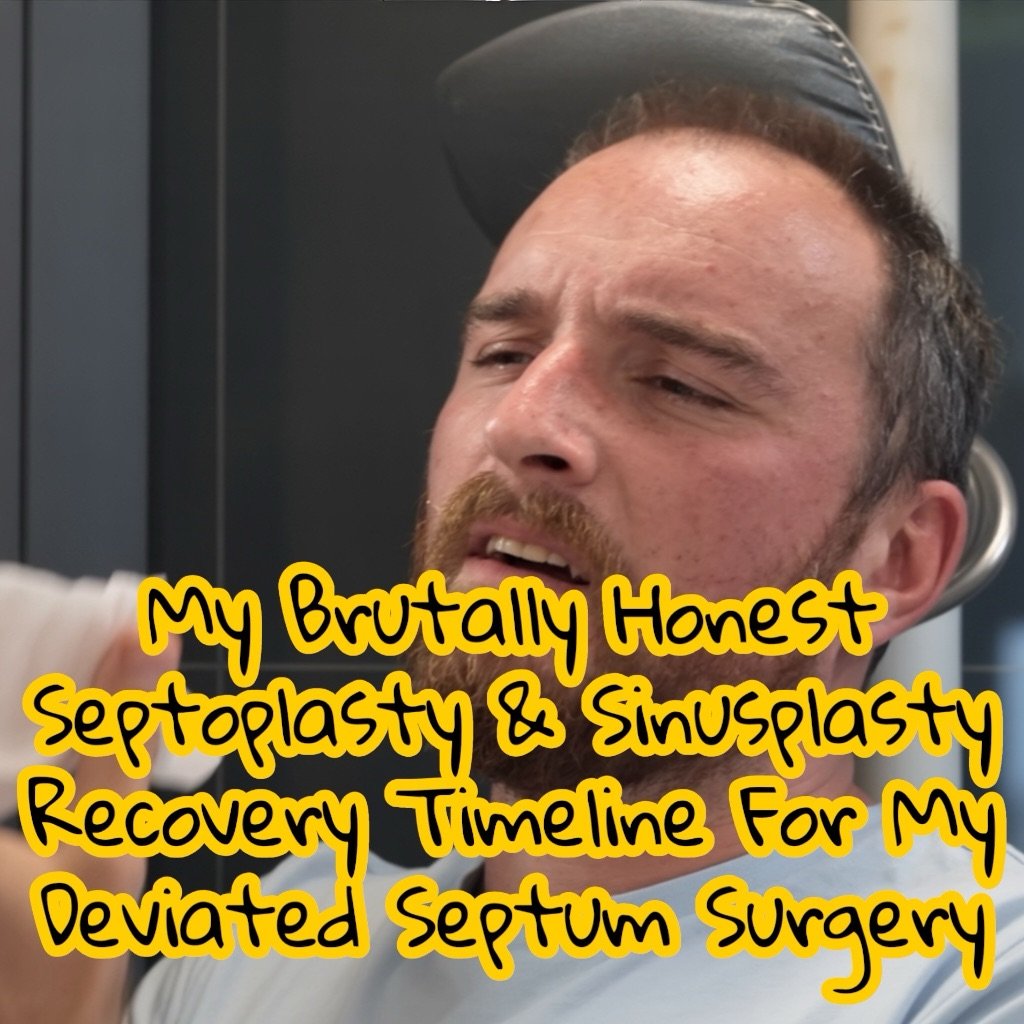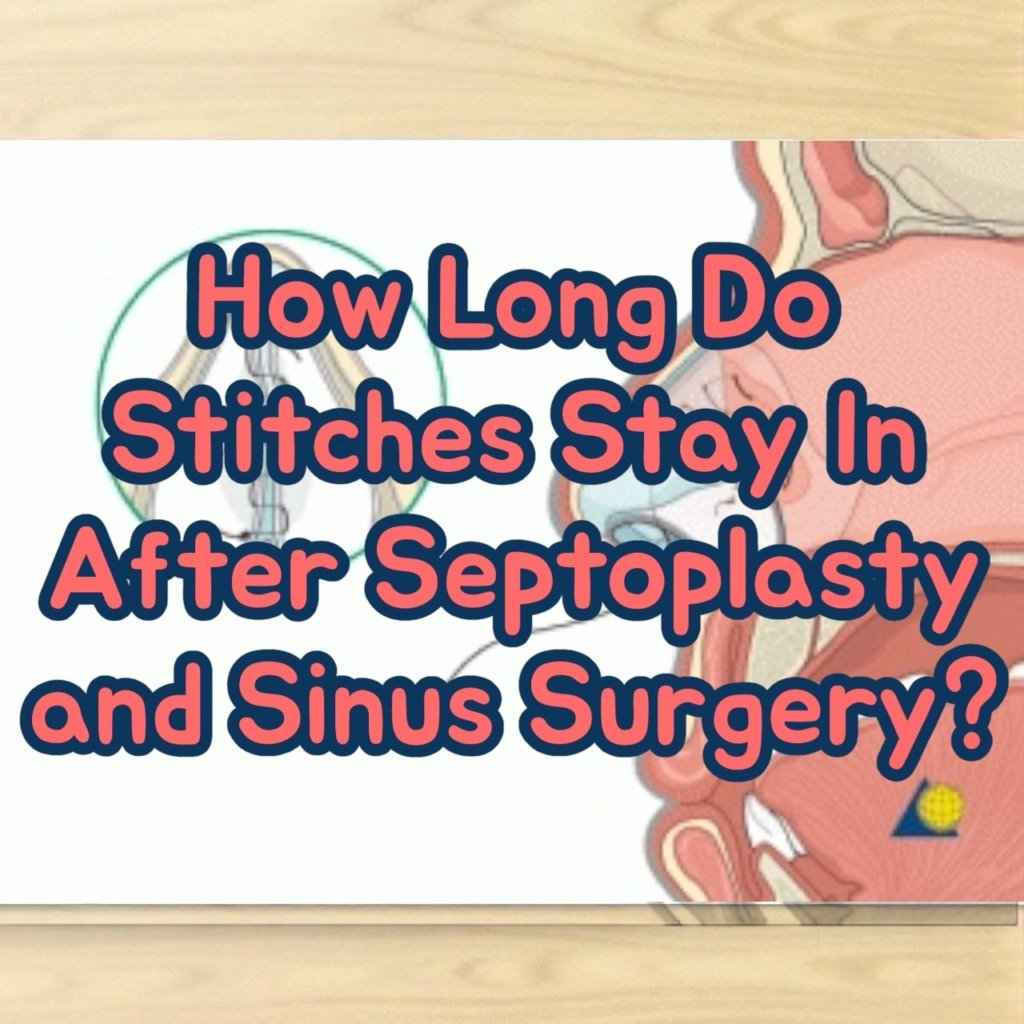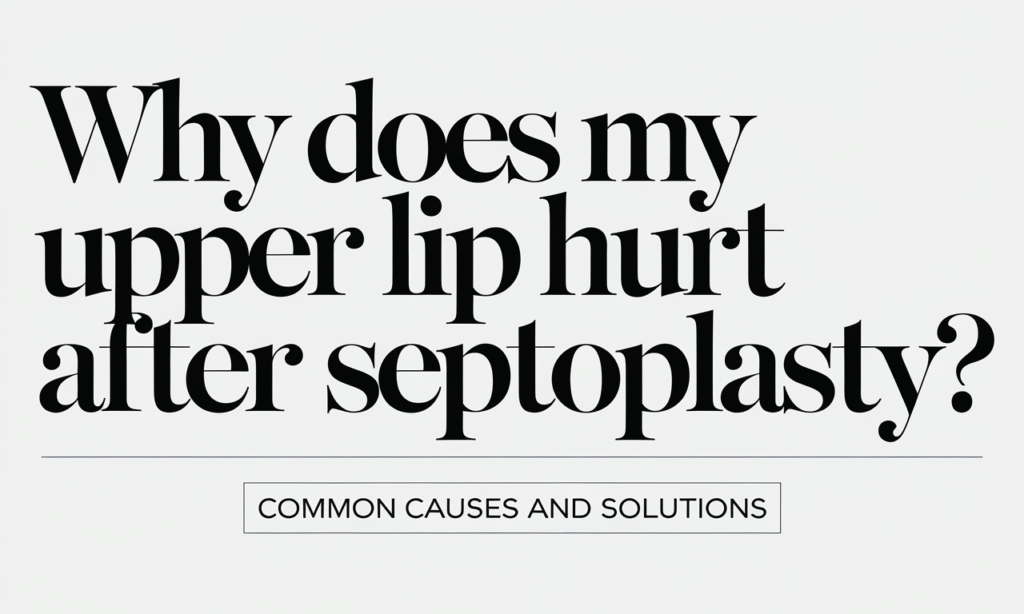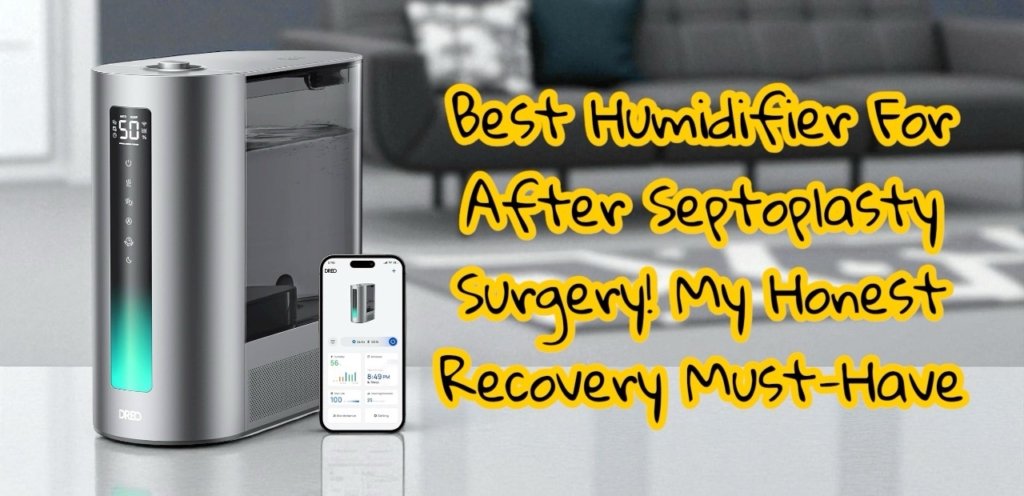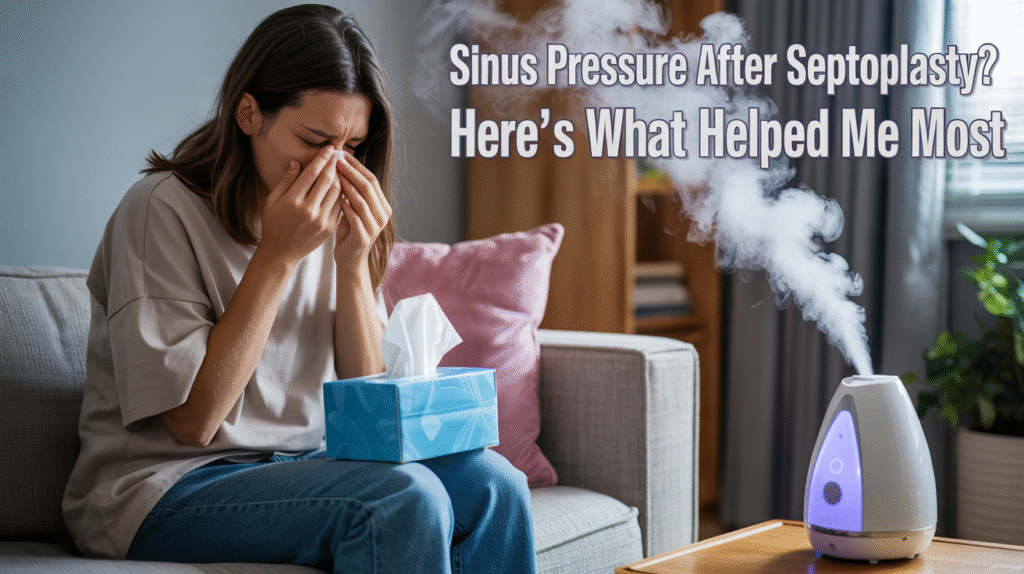
What Causes Sinus Pressure After Septoplasty?
After going through septoplasty myself, I can tell you firsthand — sinus pressure after surgery is no joke. It’s not just some light pressure either. It can feel like your entire face is swelling from the inside out. But why does it happen?
Swelling Is Normal… To a Point
The most common reason for sinus pressure after septoplasty is post-surgical inflammation. Your sinuses have just been operated on, and the tissue inside is tender, raw, and trying to heal. That swelling alone can block your nasal passages and make you feel like a balloon is expanding behind your cheeks.
Trapped Mucus Builds Up Fast
When you can’t properly breathe or blow your nose, mucus and fluid start building up, fast. This leads to an uncomfortable fullness, and if you’re not rinsing or using moisture to help break it up, the pressure keeps stacking.
Dry Air Doesn’t Help
If you’re recovering in a dry room without a cool mist humidifier, you’re basically setting your healing tissue up for failure. It dries out, crusts over, and traps more fluid. Trust me, I learned that the hard way. I now swear by a quality humidifier like the one I mentioned in this post:
👉 Best humidifier for sinus recovery
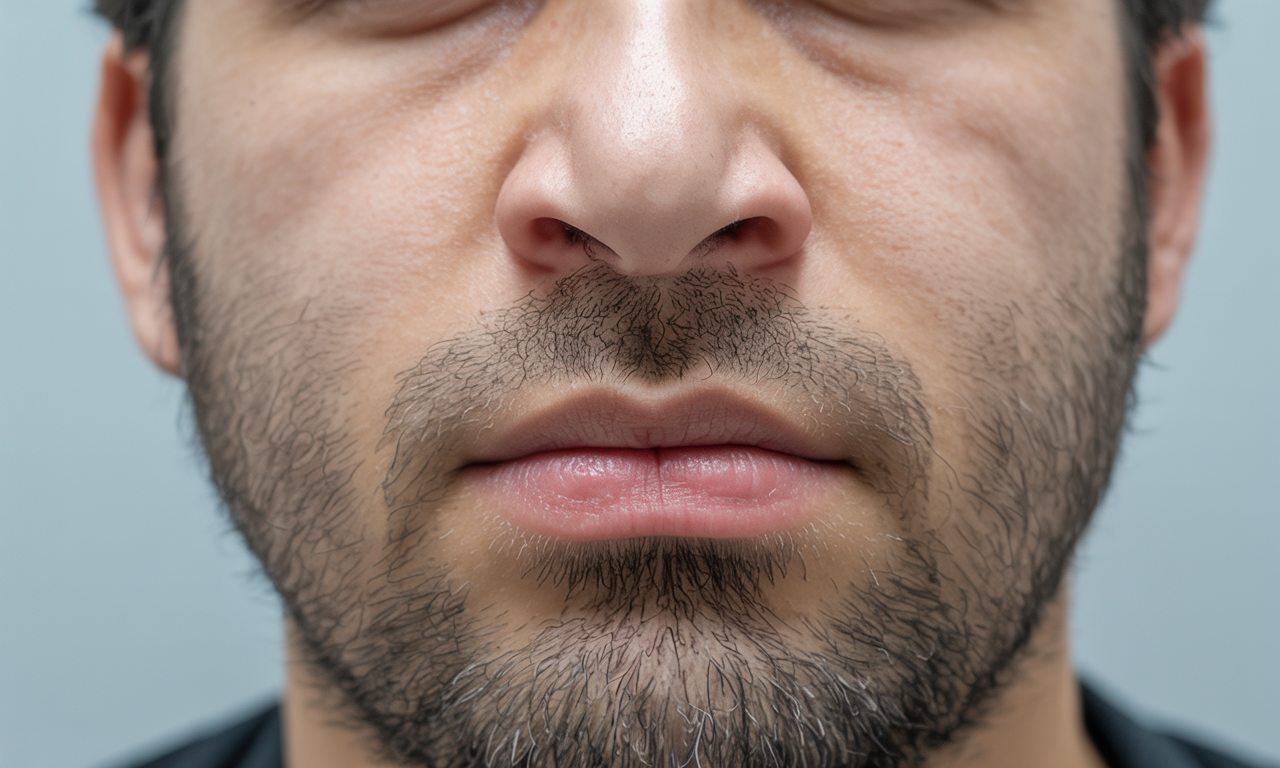
How Long Does Sinus Pressure Last After Nose Surgery?
I wish I could say it goes away in a day or two. For some people, maybe it does. For me? The pressure didn’t really start easing until after Day 10, and even then, it came and went for a while.
Week 1: The Worst of It
For the first 3–7 days, the pressure was at its peak. My nose felt like a balloon. My forehead and cheekbones ached. I couldn’t blow my nose, and the mucus just sat there. It felt like I was walking around with a sinus infection that wouldn’t pop.
Week 2 and Beyond
Once I started using a powerful nasal rinse machine (not a Neti pot, that didn’t cut it for me), things began to shift. It helped break up the congestion and relieve some of that stuck pressure.
You can read more about the machine I used here:
🌬️ This electric sinus rinse machine changed my recovery
Sinus Pressure vs Sinus Infection After Septoplasty
There’s a fine line between normal pressure and something more serious like an infection — and I crossed that line without realizing it.
Here’s What Normal Feels Like
Normal post-surgery pressure might feel heavy or full. You’ll feel it around your nose, under your eyes, and maybe your forehead. But you shouldn’t have extreme pain, fever, or green/yellow mucus that smells awful.
My Warning Sign? Pus.
Around Day 10, I was still having bad pressure on one side, and I noticed some yellow drainage that wasn’t going away. When I went to my ENT, he found a hidden infection behind my septum — full of pus.
I talk about the full story and what helped me here:
⚠️ Post-surgery mistakes that nearly ruined my recovery
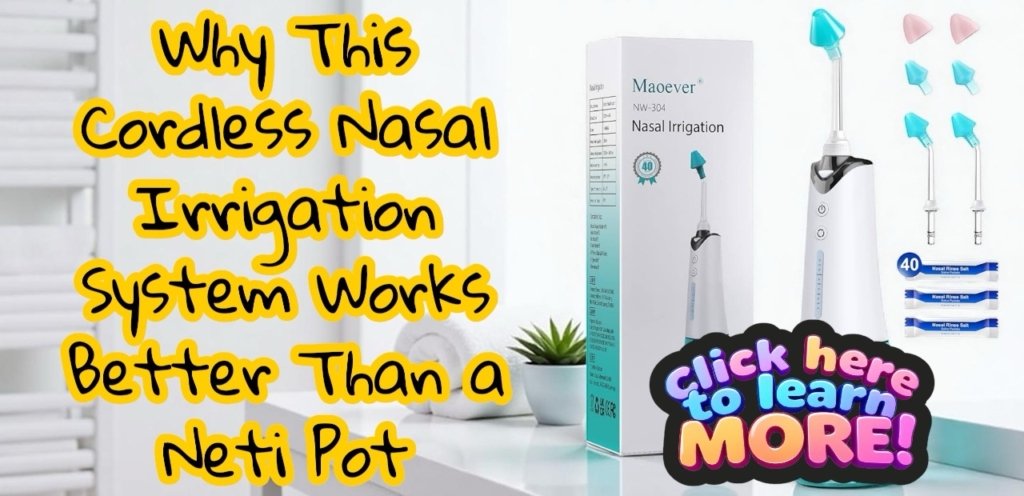
Best Ways to Relieve Sinus Pressure After Septoplasty
You can’t exactly blow your nose or take deep breaths like usual right after surgery. But there are still safe, effective ways to relieve pressure and help your sinuses drain.
1. Use a High-Pressure Rinse Machine (Not a Neti Pot)
I bought a simple electric machine that let me gently rinse my sinuses once my doctor said it was okay. It felt weird at first, but it helped relieve pressure fast. If you want to see what I used and why it worked so well, check this out:
🌀 Why this cordless nasal irrigation system works better than a Neti Pot
2. Keep Moisture in the Air
Dry air will sabotage everything. Get yourself a cool mist humidifier and keep it running in your bedroom day and night. It makes a massive difference, and helps prevent painful crusting.
3. Stay Hydrated
Drinking tons of water might sound basic, but it helps thin mucus and keep things moving. Dehydration can make pressure way worse, and it slows your healing too. I love to use these Liquid IV drink mix when I’m sick or after surgery to help with my hydration!
When to Worry: Signs Your Sinus Pressure Isn’t Normal
Sometimes sinus pressure after septoplasty really is just part of the healing process. But there are clear warning signs that something more serious might be going on — and you shouldn’t ignore them.
1. Pressure That Gets Worse Over Time
If your sinus pressure keeps increasing instead of slowly easing up, it could mean a blockage, trapped mucus, or even an infection starting to brew behind the scenes.
2. Foul Smelling Drainage or Thick Mucus
If you’re noticing green or yellow mucus with a foul odor, that’s not normal. It could mean pus buildup or infection. I didn’t realize this myself until it had already gotten worse. Please don’t wait like I did.
Read what I wish I had done differently here:
🚫 Mistakes that nearly ruined my recovery
3. Fever, Chills, or Swelling in One Spot
Any fever or swelling that’s only on one side of your face? That’s a red flag. Your ENT needs to check for an abscess or hidden infection, just like what happened to me.

Is Nasal Irrigation Safe While Experiencing Pressure?
Yes — but only if your doctor has cleared it, and only if you’re using the right system and method.
The Wrong Way Will Make It Worse
I made the mistake of trying a Neti Pot too early. The water barely moved, and I felt more pressure afterward. Not good.
If you’re using low-pressure or trying to rinse with a clogged nose, you’re just backing things up.
The Right Way Can Be a Game Changer
Once I switched to this high-pressure rinse machine, it flushed things out better and faster than anything I’d used before. It didn’t hurt, and I could feel the pressure lift afterward.
🧼 This rinse machine actually helped break through my congestion
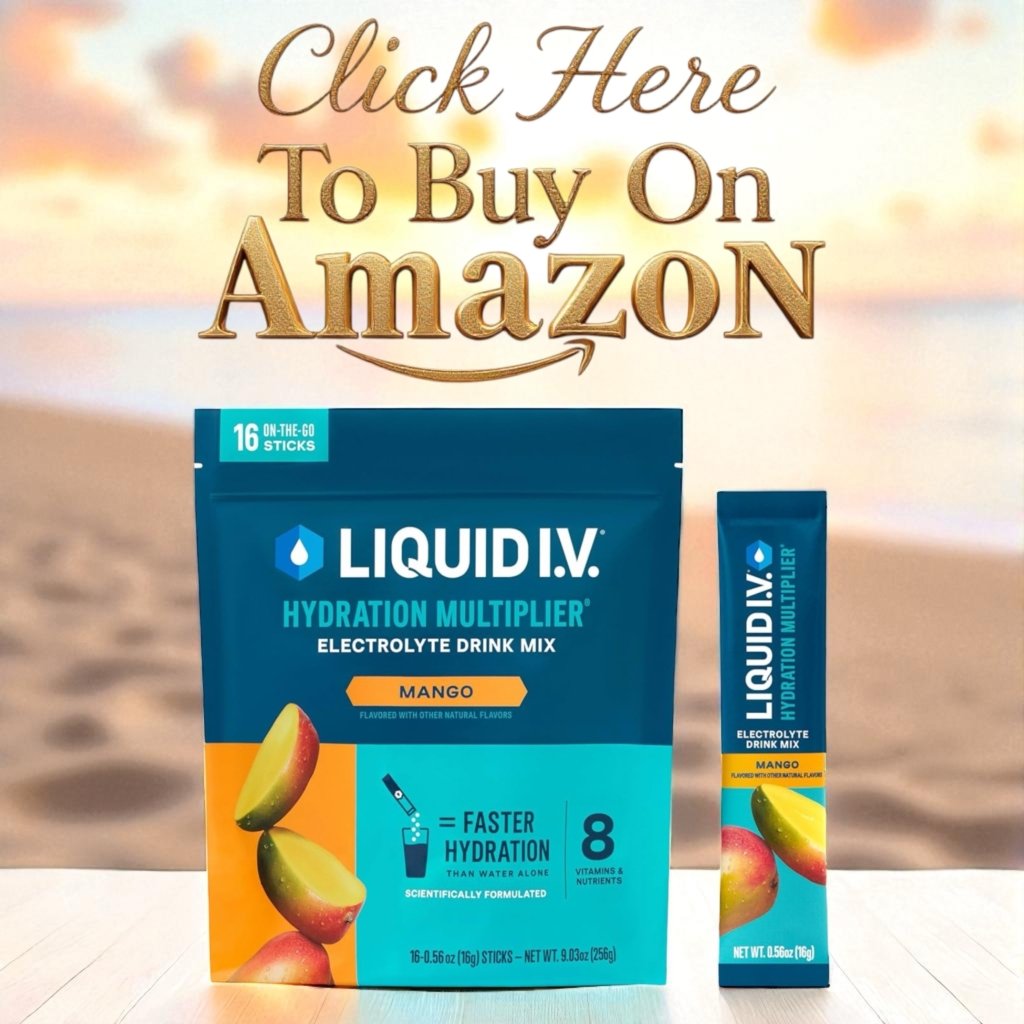
Does Staying Hydrated Help with Sinus Pressure?
Absolutely. I didn’t realize how much water I needed during recovery — until I noticed I wasn’t drinking nearly enough. And that directly impacted how much pressure I felt.
Thin Mucus = Less Pressure
The more hydrated you are, the thinner your mucus stays, which means it drains better and doesn’t build up into those awful clogs that cause that deep facial pressure.
My Go-To Hydration Boost
Sometimes plain water just wasn’t cutting it, especially when I was tired or dry from sleeping with my mouth open. That’s when I started using this stuff:
💧 Liquid I.V.® Hydration Multiplier — it helped me stay hydrated and recover quicker, and it’s now something I keep on hand for flare-ups or recovery days.

Humidifiers Help — But Not All Are Created Equal
When you’re dealing with sinus pressure after septoplasty, humidity is your best friend. But the kind of humidifier you use matters more than you’d think.
Warm Mist vs Cool Mist
Warm mist humidifiers sound comforting, but they can actually make things worse by drying the air too much and irritating already inflamed tissue. Cool mist, on the other hand, soothes and hydrates your healing nasal passages.
The Humidifier That Saved My Sleep
I used this exact humidifier during recovery, and it made a big difference — especially at night when my mouth was dry and my sinuses felt like bricks:
🌫️ Best humidifier for sinus recovery
It also helped soften crusts and kept that deep pressure from building up so bad in the mornings.
Are Decongestants or Meds a Good Idea for Pressure After Surgery?
This is where I really learned the hard way. After septoplasty, not all meds are your friend — even the ones that say “sinus pressure relief” right on the box.
Why Some Meds Make It Worse
Over-the-counter decongestants like pseudoephedrine or oxymetazoline sprays can dry you out too much or rebound once they wear off. That leads to even more pressure, and trust me, that spiral is not worth it post-surgery.
What Actually Helped Me
What helped most wasn’t a pill — it was a combination of nasal rinses, proper hydration with Liquid I.V.®, and using a cold sinus face mask I discovered that seriously reduced swelling:
🧊 Here’s the only ice pack that helped after my sinus surgery

What to Do If the Pressure Still Doesn’t Go Away
If you’re weeks into healing and the pressure just won’t let up, it’s time to step back and evaluate. I had to go through this, and it was frustrating — but it led to real answers.
Ask Yourself These Questions:
- Are you using an effective rinse system, like this electric sinus rinse machine or just a gravity Neti Pot?
- Are you consistently staying hydrated? If not, consider adding Liquid I.V. to your recovery routine.
- Is your environment helping or hurting? Dry air and poor sleep can both increase sinus pressure.
Sometimes pressure that lingers is caused by scar tissue, polyps, infection, or improper healing, so don’t wait too longto check in with your ENT again. I’m so glad I did.

Dealing with Sinus Pressure After Septoplasty Doesn’t Have to Be As Miserable
Sinus pressure after septoplasty can feel like a heavy cloud hanging over your healing journey — but it doesn’t have to be that way. With the right tools, like a reliable electric sinus rinse system and hydration support from Liquid I.V.®, you can start feeling clearer and more in control. I’ve lived it, I’ve made the mistakes, and I’ve found what finally works. If you’re still in recovery mode or struggling to breathe freely again, just know you’re not alone — and relief ispossible.
Need help knowing what not to do? You’ve got to check this out:
👉 Post-surgery care mistakes that nearly ruined my recovery
Feeling constant pressure even after rinsing? This machine changed everything for me:
💦 Best rinse machine I’ve used
Need better sleep while healing? Don’t skip the power of a good humidifier in your recovery setup.
As an Amazon Associate we earn from qualifying purchases through some links in our articles.
